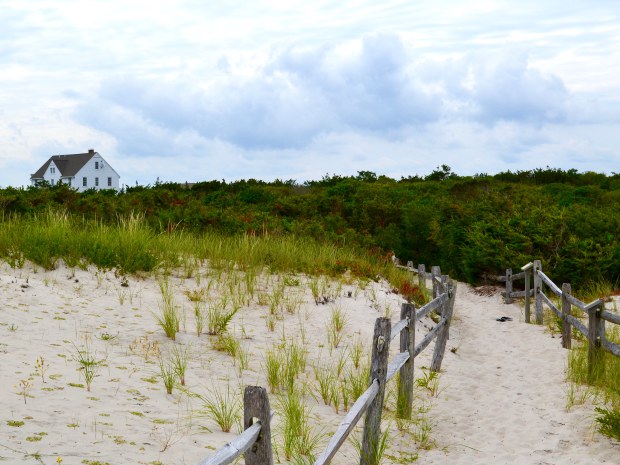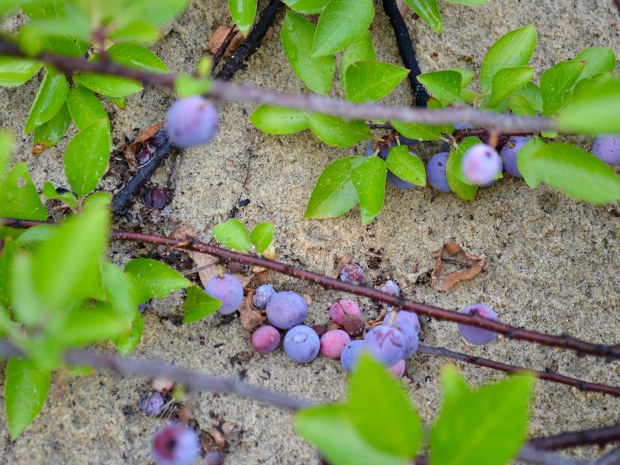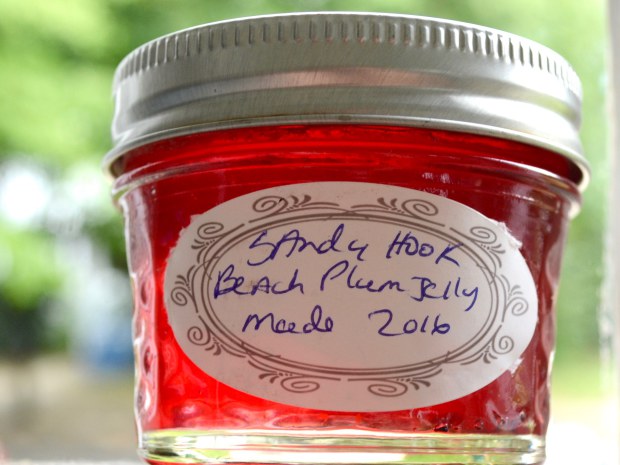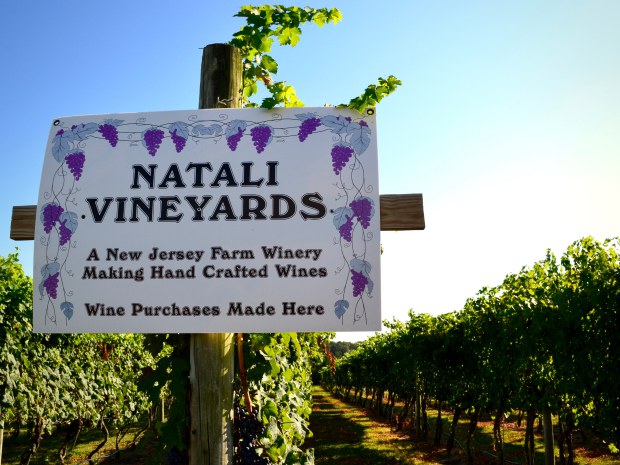Beach Plums Are the Bittersweet Flavor of Summer’s End
Photos by Jenn Hall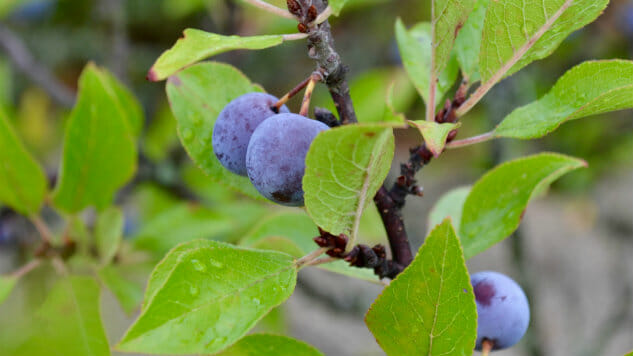
When foraging for beach plums along Sandy Hook, New Jersey, it is wise to heed the park ranger’s warning. Bearing deep-purple fruit, the plants come dressed in a tangle of poison ivy that goes scarlet this time of year – strangely enticing.
It is nearing sunset in maritime forest at the northern tip of the park and I cannot stop picking. I am covered in mosquito bites and sunburned in fire-red arcs. I reek of bug spray, salt and sweat. Trails collapse under my sand-filled shoes, gone soft after a drenching rain.
Still, I continue on, brushing against the slow-dancing plants and tempting fate. Tossing ripe fruit in my mouth, spitting stones, there is no place I’d rather be.
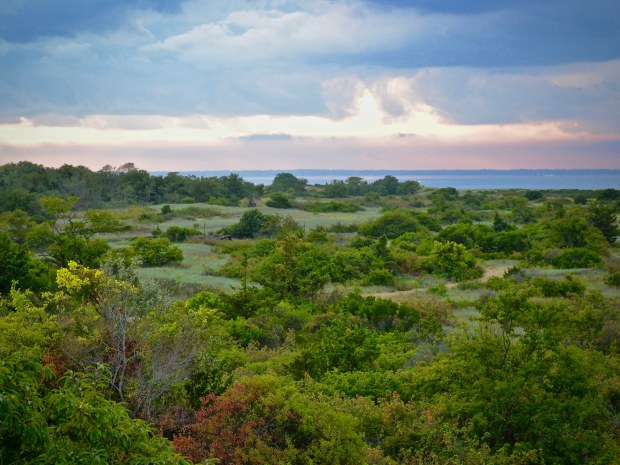
From August into September, beach plums ripen in a purple wave that rolls northward up the Eastern Seaboard. For those who have been initiated, this marks summer’s passage into fall: the cherished part of the season when the locals reclaim their beaches from vacationers. The fruit’s flavor is appropriately bittersweet, reminiscent of a cranberry kissed with peach – its stone-fruit relative.
The beach plum is a fickle mistress. Native to coastal areas from Maryland to Maine, the beach plum comes entwined with that aforementioned poison ivy, testing the accuracy of the hunter. It compels one to pick long past dinner, hunger’s echoes drowned by crashing waves. The locations of choice stands are fiercely guarded by the Order of the Beach Plum – a group that I made up, but that seems plausible.

Some years, the plants refuse to bear fruit at all. Sandy Hook, however, seems to be an exception. A beach plum Shangri-La hides just off Fisherman’s Trail at island’s end.
Meandering, I discover Hadas, who has been successful foraging here for the better part of eight years. Experienced, she wears a blue Ikea bucket around her neck and ponders whether ecological knowledge has skipped a generation. “I sometimes see young people walk right past ripe blueberry bushes,” she muses.
As for the plums, she prefers them raw, baking the rest in cakes.
Pausing from her work, she shows me how to choose the best specimens: the darkest purple fruits are the ripest, edible straight off the plant. A smaller number sweeten up in shades of crimson and gold. Regarding poison ivy, she’s unperturbed. It is easy to tell the difference.
-

-

-

-

-

-

-

-

-

-

-

-

-

-

-

-

-

-

-

-

-

-

-

-

-

-

-

-

-

-

-

-

-

-

-

-

-

-

-

-


